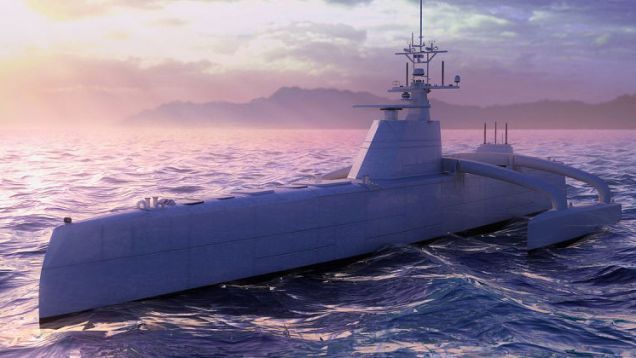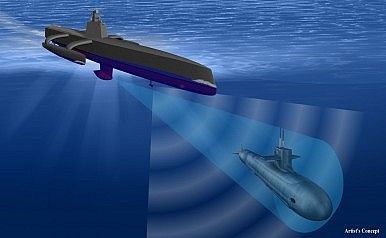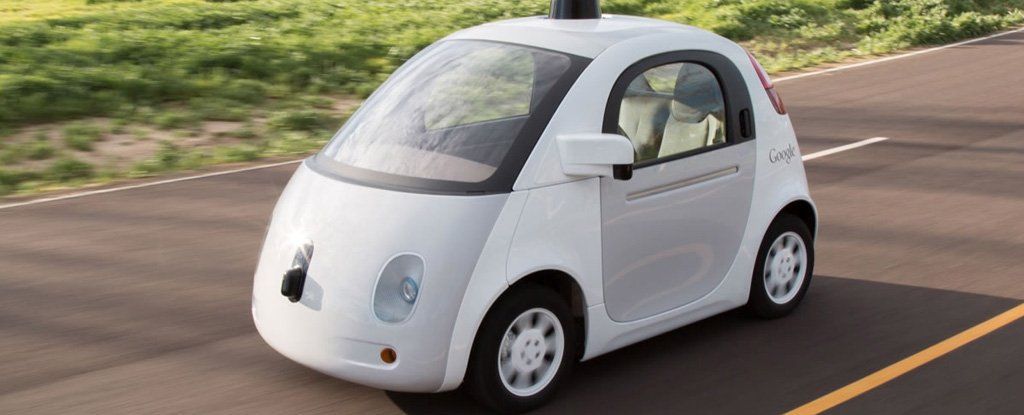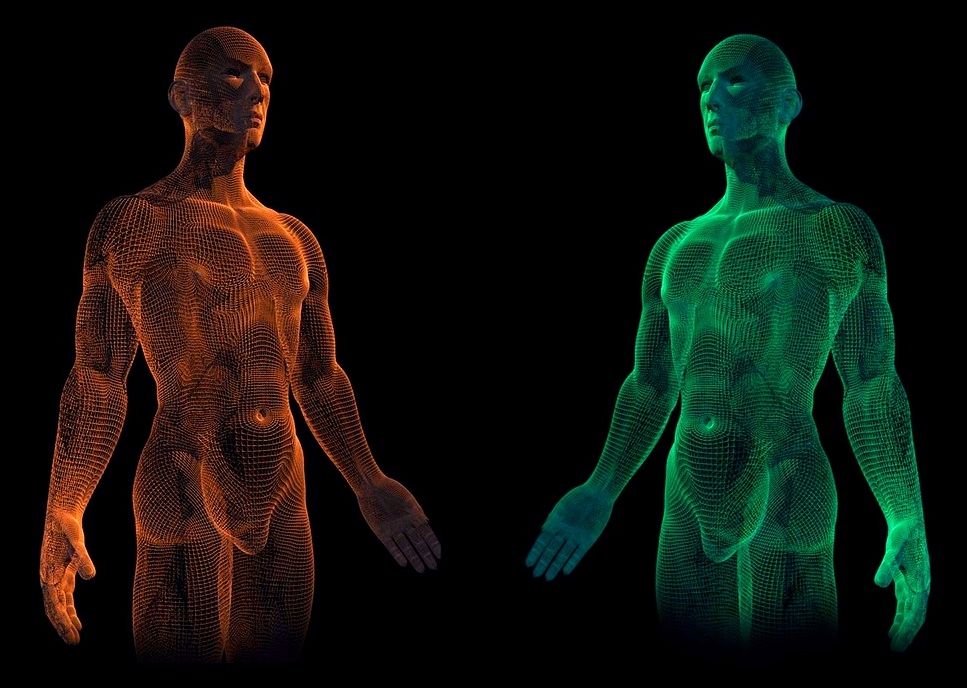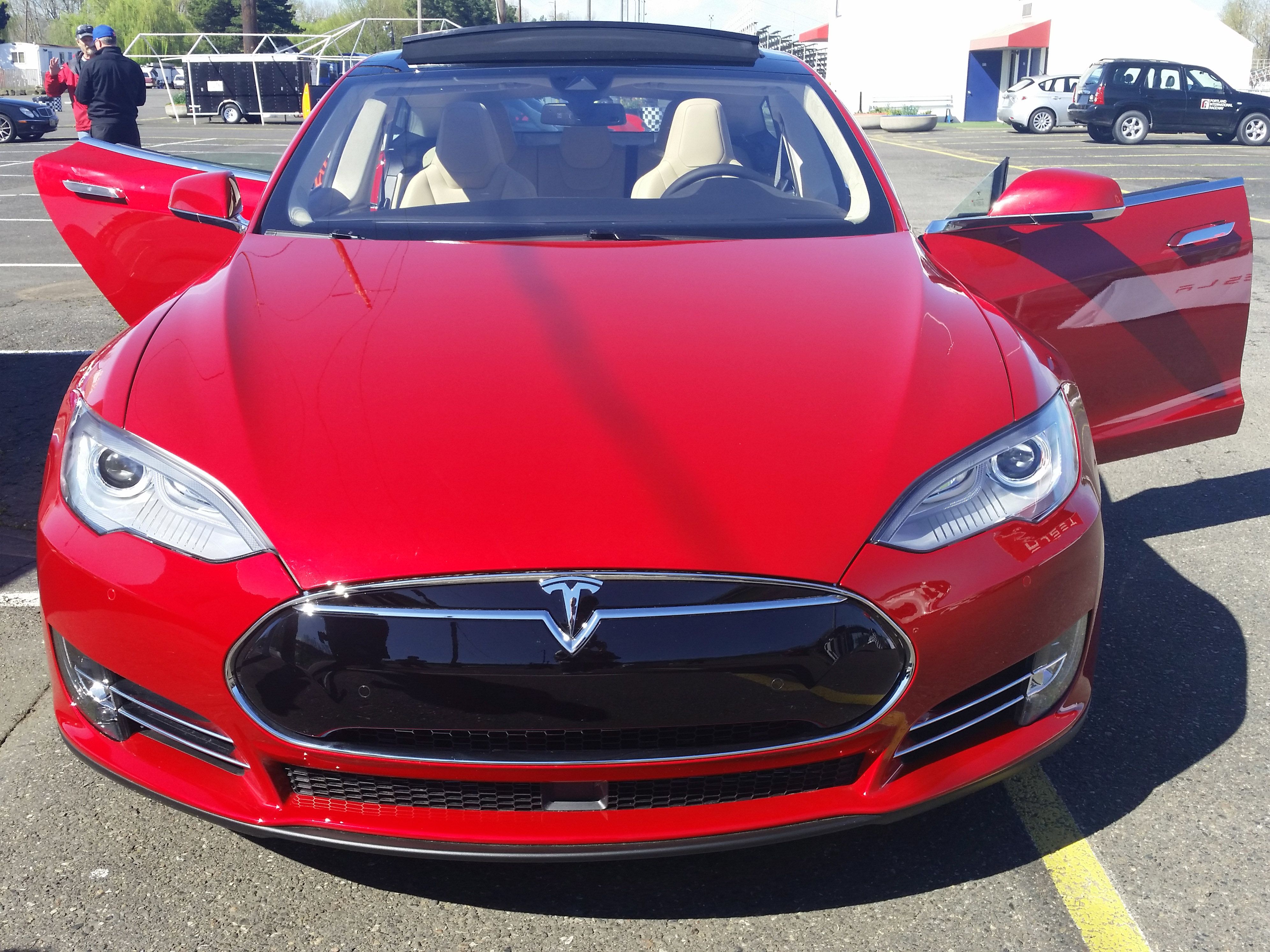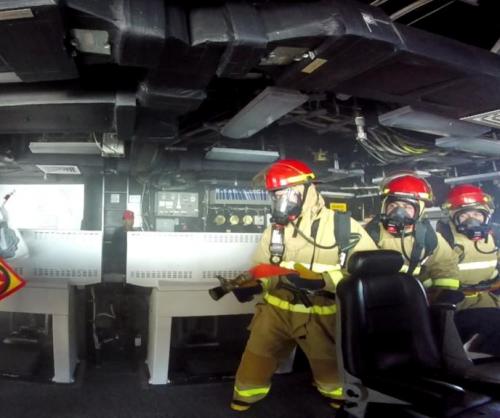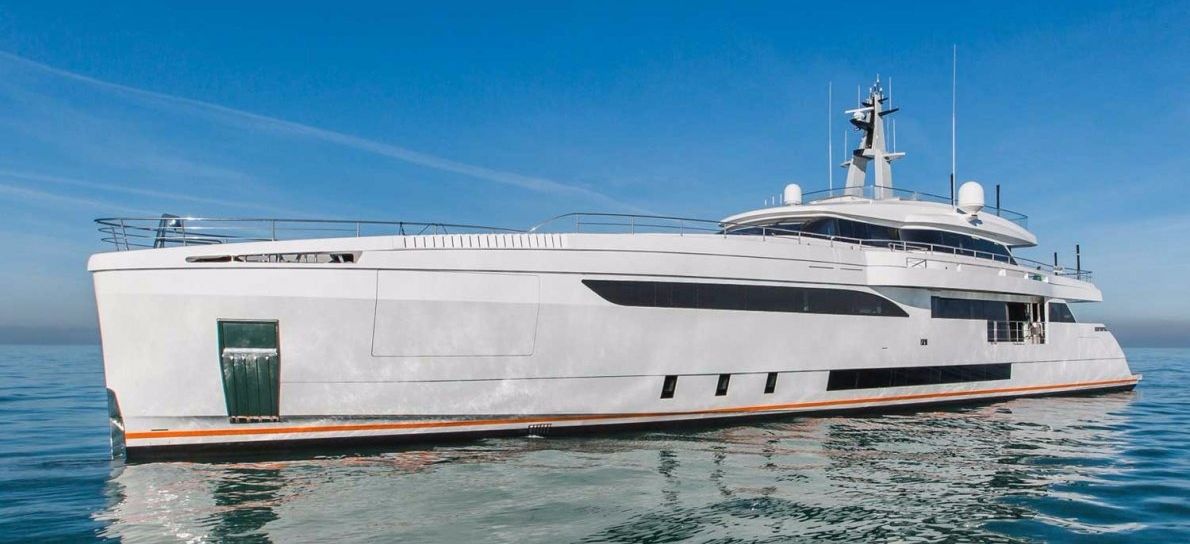Feb 14, 2016
Robots ‘will make majority of humans unemployed within 30 years’
Posted by Klaus Baldauf in categories: bioengineering, computing, drones, employment, robotics/AI, transportation
The pace at which robots and intelligent machines are able to take over the jobs traditionally performed by humans will result in more than half the population being unemployed within 30 years, an expert in computing has predicted.
While some may look forward to a life of leisure, many others face the dismal prospect of long-term unemployment as a result of the rise of smart machines, from self-driving cars and intelligent drones to smart financial-trading machines, said Moshe Vardi, professor of computational engineering at Rice University in Houston, Texas.


